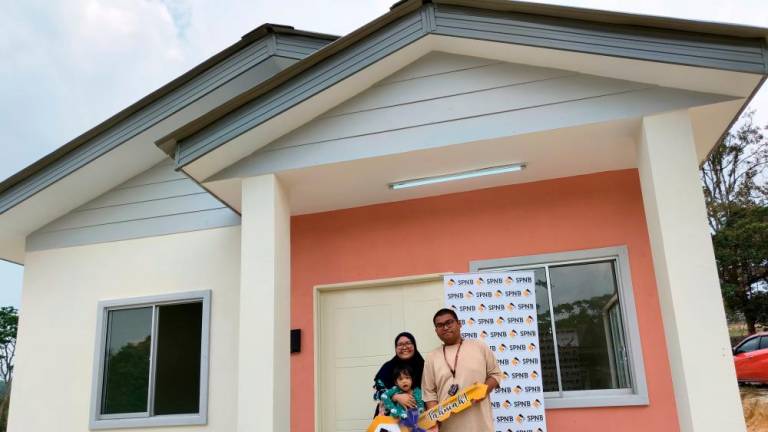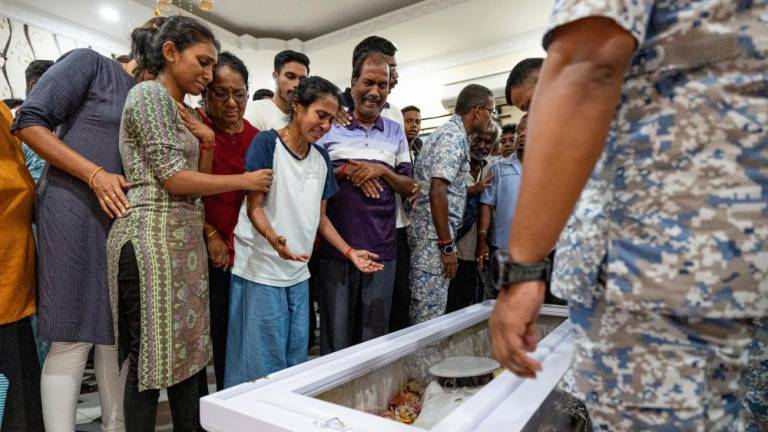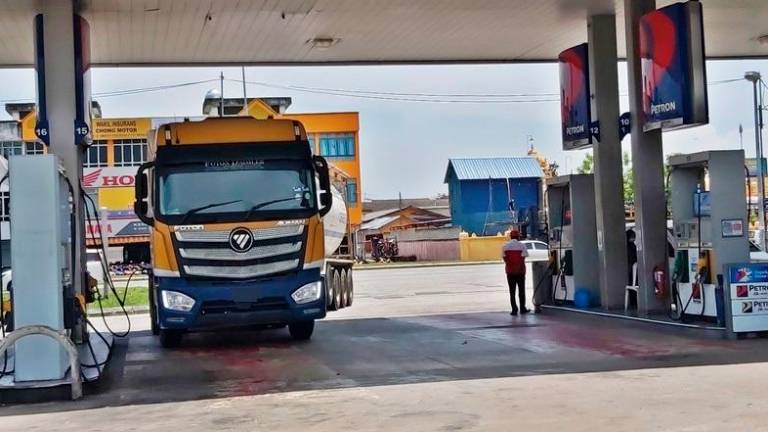Seven months after world stock markets went into free fall and their largest single week decline since the world financial crisis of 2007-08 due to the coronavirus outbreak, what does the economic future look like for the world and Malaysia?
In late February and March, pessimism was the consensus. The International Monetary Fund chief stated that 2020 could see a recession worse than the 2008 global financial crisis and the Organisation for Economic Cooperation and Development secretary-general warned the global economy will take years to recover.
Today the global economy has recovered more quickly than these gloomy scenarios have predicted and we are seeing a more optimistic outlook. Prompt policy support in most countries have enabled economies to cushion the impact of the pandemic shock on incomes and businesses, and the contraction in output and employment has been of a smaller magnitude than initially feared.
Nevertheless, the economic outlook still remains exceptionally uncertain and volatile. In fact the toll of the pandemic on economies and societies is expected to continue well into 2021 until a vaccine cure is found and disseminated worldwide.
Of concern is that after the initial bounce-back in economic activity following the easing of confinement and lockdown measures, there are signs from business surveys that the pace of the global recovery may be losing momentum. This is the case even in the advanced economies.
In Britain for example, one estimate is that the UK economy is now 21.8% smaller than it was at the end of 2019 and may need two to five years to recover. Some pessimistic experts have put recovery to take five to 15 years.
For Malaysia, the GDP and growth rate may not be as badly hit as initially feared. But our economic situation is still extremely precarious. According to the World Bank’s East Asia October Economic Update, overall we will see an economic contraction of 4.9% for 2020, with the key indicators of exports, private investment and private consumption falling back.
However, the Bank projects an economic recovery to take place in 2021 with an estimated growth rate of 6.3%. This forecast is based on assumption that the pandemic is contained not only in Malaysia but also in our main export markets, and that global economic activity returns to normal in a partially U-shaped economic recovery.
This optimistic forecast may end up in the dustbin if the latest double P-driven (politicians and prisoners) cluster of infection worsens and results in another nationwide movement control order.
Besides tightening on enforcement, control and mitigation measures, what should the government be doing to jumpstart our economic recovery?
SMEs: Backbone of Malaysia’s Economy and Society
The key driver for economic recovery are the small and medium scale enterprises. This is recognised by most economic analysts, whether foreign or local.
Here is a list of their economic contributions. SMEs:
> make up one million or 98.5% of all business establishments,
> provide two-thirds of all employment,
> contribute 40% to the national GDP, and;
> are located in all states, all sectors and range in size from micro-enterprises to small and medium.
SMEs are not just a pillar of the economy. They also play a key role in social stability and social cohesion. This vital contribution of SMEs to national unity and harmony has either been ignored or it has not been properly acknowledged by economists and media commentators.
Here it is necessary to remind policy makers that SMEs are the main source of multiracial partnerships and inter-ethnic linkages, relationships and interaction at many levels, including ownership, labour force and in other spheres. Also not generally known is that 20% of SMEs are owned by women thus contributing to gender equality.
Reviving the SME segment of the economy in the short and medium-term future has to be the number one policy priority of the government.
This is especially necessary since SMEs are the main casualties of the Covid-19 impact.
Despite cost cutting measures and some relief provided by government stimulus measures, the SME sector as a whole is still in crisis mode. This can be seen in the high numbers of shutdowns, layoffs and bankruptcies.
Perhaps the most severe knock-on effect has been on employment. At the beginning of the pandemic outbreak, Malaysian Institute of Economic Research’s estimate of possible job losses placed it at 2.4 million.
SME Association of Malaysia’s estimate in March noted that up to one million Malaysians could lose their jobs if 10% of small and medium enterprises in the country go bust in the coming months. This did not take into account the service industry part of SMEs, which employs two million workers in retail, restaurants, tourist services, hotels, entertainment centres, sports and recreation outlets. Many of these businesses continue to be closed today.
Equally at risk are the top tier of SME enterprises. They constitute about 2.3% of the total and account for a disproportionately large share of employment.
In some ways these medium-sized SMEs are the most at risk from demand destruction and customer loss. Once shut down, there is often no way back for them.
So is the government doing enough and what else should the government be doing in terms of measures to reduce financial burdens and providing relief to the sector that can make a difference to their survival?
Providing assistance to the B40 group brings political advantage, but ensuring the recovery of SMEs which employs much of the nation’s labour force will bring quicker and more sustainable economic returns.
A reminder
Here’s an uncomfortable truth for our parliamentarians meeting soon on Budget 2021 to think about.
If only a small fraction of public funds that was used to bail out MAS, Proton, Bank Bumiputra, Perwaja, Felda, Tabung Haji, 1MDB and other mismanaged graft and abuse ridden projects had been used instead to build up our SME sector, Malaysia would not be in the economic crisis we are experiencing.
Government now needs to step up adequate assistance to SMEs to ensure that the country’s economic backbone is not broken.
Lim Teck Ghee’s Another Take is aimed at demystifying social orthodoxy. Comments: letters@thesundaily.com











